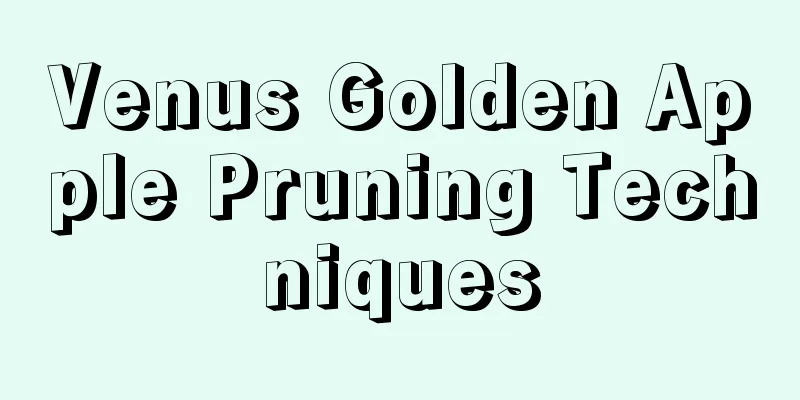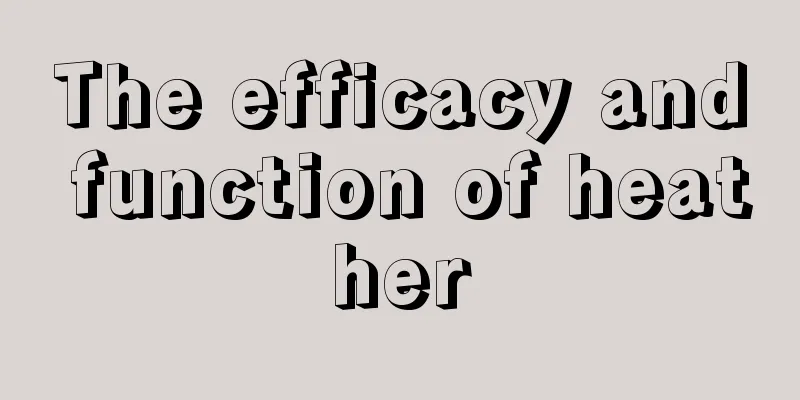What kind of wild mushrooms can be eaten? Common edible wild mushrooms

|
Common edible wild mushrooms in life include pine mushrooms, hens mushrooms, chestnut nests, horse bubble, big red mushroom, water chicken mushroom, torch chicken mushroom, yellow-skinned chicken mushroom, chicken butt mushroom, chanterelle, yellow Laitou, black boletus, yellow boletus, milk mushroom, blue-headed mushroom, and Matsutake mushroom. What kind of mushrooms are edible?Generally speaking, wild mushrooms that are brightly colored, have bumps, spots, cracks, bubbles, oozing, rings, stipes, and strange shapes all contain toxic components to varying degrees. Since there are many types of poisonous mushrooms, most people find it difficult to identify them. Therefore, when purchasing wild mushrooms, you should stick to the principle of only buying mushrooms you know to avoid eating them by mistake. You can identify them from the following points: How do you know if wild mushrooms are edible?1. Look at the growing area Generally, non-toxic wild mushrooms grow on clean pine trees, oak trees, and grass. If they grow in dark, damp and dirty areas, do not pick and eat them. 2. Look at the shape Generally, non-toxic wild mushrooms have a flat cap, a smooth cap, no wheels on the surface, and no sterile tray at the bottom. If the cap is convex in the center, has a strange shape, has a thick and hard surface, has a ring on the stem, is thin or thick, and is easy to break, then do not eat it. 3. Look at the color Generally, non-toxic wild mushrooms have bright colors, such as red, green, ink black, and purple. If they are purple, they are mostly poisonous and cannot be eaten. 4. Smell Generally, non-toxic wild mushrooms smell like a special fragrance. If they smell spicy, sour, or fishy, they are poisonous and should not be eaten. 5. Look at the secretions Generally, non-toxic wild mushrooms will have a watery secretion when the stem is torn open, and the mushroom surface will not change color when broken. If the secretion is thick and reddish brown, it means it is poisonous. 6. Rub with green onion to see if there is any discoloration Generally, the surface of non-toxic wild mushrooms will not change color after the cap is rubbed with onions. If it turns bluish-brown, it means it is poisonous. 7. Boil with rush and garlic to see if there is any color change Generally, when non-toxic wild mushrooms are cooked together with rush and garlic, the rush and garlic will not change color. If they turn into blue-green or purple-green, it means they are poisonous and should not be eaten. |
>>: How to plant the rhizomes of copper coin grass in hydroponics and soil cultivation methods
Recommend
What flowers are best for the bedroom to keep healthy (recommendations for plants that help with sleep and remove formaldehyde)
1. Clivia Don’t place potted plants that are too ...
Difference Between Pineapple and Pineapple
1. Different leaf shapes Maybe many people think ...
How to grow white orchid
1. Breeding environment (1) Temperature: White or...
What to do if the leaves of the peace lily droop
1. Water the soil thoroughly 1. Specific reason: ...
Diseases and Pests of Roselle and Their Control
Pests of Roselle The main pests of Roselle are ca...
How to grow black mensa succulent
1. Soil When growing Black Mensa succulents, you ...
Is creeper harmful to the house?
1. What are the benefits Growth habit Ivy is a gr...
The Flower Language and Legend of Phalaenopsis
1. Flower Language The language of this flower is...
How to grow azalea (home growing method)
1. Breeding methods 1. Sunlight: Rhododendron is ...
Just do this, the roots of spider plants and tiger plants will be fat, the leaves will be strong and green!
Chlorophytum 1 Daily maintenance 1. Light: Chloro...
Leek planting time and method: When is the best time to transplant the old roots of southern leeks?
More and more friends are starting to plant chive...
The meaning of pepper wood
1. Introduction The meaning of pepper wood is to ...
What to do if the Falling Flower Dance doesn't bloom
The flowering of the mother plant of the Dancing ...
Is Ji Longyue poisonous?
1. Hazards It is non-toxic, so you can raise it w...
What are the flower languages of dahlia?
Dahlia Good Luck From the outside, the dahlia has...









